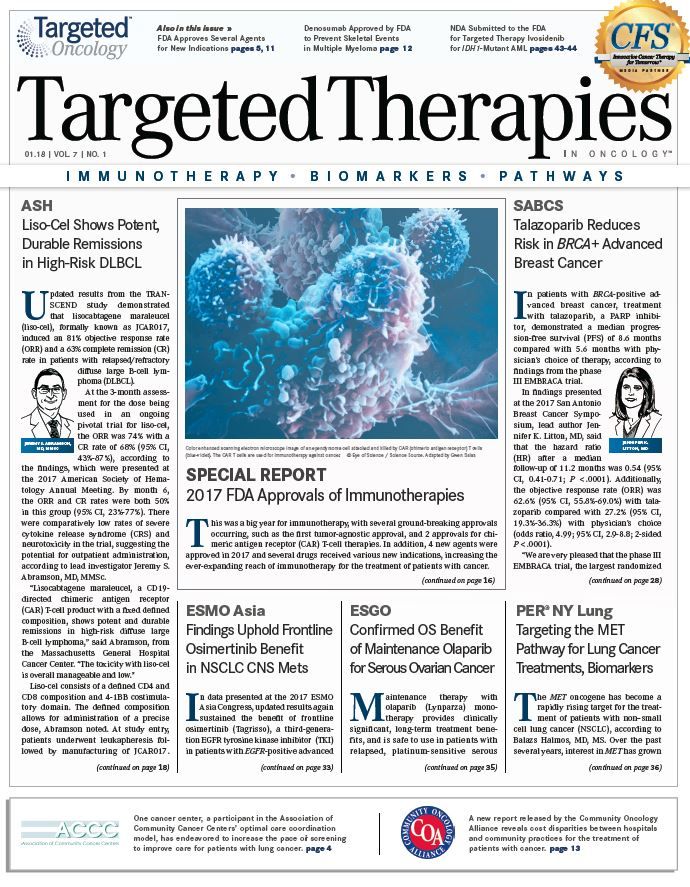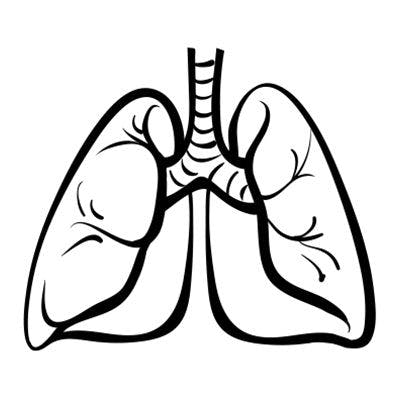Organizing Faster Care for Urgent Lung Cancer Cases
Improving outcomes for disadvantaged patients with lung cancer has been a priority for over 5 years at Mary Bird Perkins-Our Lady of the Lake Cancer Center in Baton Rouge, Louisiana.

Improving outcomes for disadvantaged patients with lung cancer has been a priority for over 5 years at Mary Bird Perkins-Our Lady of the Lake Cancer Center in Baton Rouge, Louisiana. Such efforts involve every aspect of lung cancer care, with the cancer center working hardest on the first step in the process: timely screening. In 2015, nearly two-thirds of the 330 patients with lung cancer at Mary Bird Perkins arrived with late-stage disease. The proportion was even higher among patients on Medicaid, at nearly 80%.
The organization seeks to enhance patient outcomes by encouraging earlier screening. They developed a screening program with a satellite location in the neighboring city of Gonzales, and gave local primary care physicians (PCPs) informational flyers to remind them which patients should receive scans. More recently, the cancer center configured the electronic health records used by more than 100 affiliated PCPs to automatically suggest screening referrals for qualifying patients.
“We have one of the largest at-risk populations in the country with regards to lung cancer, and our efforts have resulted in success in diagnosing early-stage lung cancers with a diagnostic yield similar to that seen in the landmark [National Cancer Institute] National Lung Screening Trial study,” said Brad Vincent, MD, chair of Mary Bird Perkins’ lung cancer multidisciplinary care team. “We have a long way to go to meet the needs of our community due to population growth, and are making strides every week to expand our reach, especially in the underserved areas. We recently partnered with Louisiana State University Health professionals who serve a large portion of that population. Hopefully, this partnership will translate into higher numbers screened and earlier diagnoses for our community.”
Such efforts have begun to improve outcomes, and they have made Mary Bird Perkins 1 of 5 practices chosen to help the Association of Community Cancer Centers (ACCC) devise an optimal care coordination model (OCCM) for patients with lung cancer on Medicaid. Practices hoping to improve their treatment of disadvantaged patients with lung cancer can now refer to the successful initiatives from test sites such as Mary Bird.
Genesis’ facility is designed to facilitate current standards of care. However, nurse navigators, financial counselors, and easy collaboration are among the various specialties offered that cannot help patients who come in too late or who fail to complete treatment. As such, Genesis is working hard to slash the time between a patient’s first visit and first treatment by 50% or more.
“A 60-day gap between first contact and first treatment was not unusual. We have already trimmed that considerably by combining steps, and we hope to get it well under a month by combining more,” said Scott Wegner, MD, the facility’s medical director.
“When we perform the initial scan here...we try to analyze it while the patient waits and perform any necessary biopsies that same day,” Wegner said. “When biopsies come back positive, we immediately assign each patient a navigator who specializes in lung cancer, and that navigator assembles a multidisciplinary team that devises a treatment plan, as opposed to automatically sending the patient first to a pulmonologist, then to a surgeon, then to oncologists.” Genesis also offers treatments before receiving prior authorization from Medicaid to reduce delays, providing the same standard of therapeutic care to all patients, regardless of their ability to pay. Because Genesis sticks to published standards of care from the American Society of Clinical Oncology, rejections are uncommon.
“It’s not enough to break even on Medicaid patients. That’s just not possible given reimbursement rates, but greater efficiency definitely reduces losses and keeps you on better financial footing,” Wegner said.
Once treatment begins, the challenge becomes adherence. Patients on Medicaid are more likely to miss sessions or abandon treatment. A wide variety of factors contribute to the problem, including distrust of doctors, substance abuse problems, and a lack of support from family and friends.
Nevertheless, the ACCC OCCM practices have found that support from nurse navigators, financial counselors, and other support staff can ameliorate these problems and improve adherence rates. Nurse navigators, for example, can handle scheduling and other complexities that might require help from family members. Palliative care specialists can reduce the number of missed sessions by helping to manage the physical and psychological adverse effects of cancer treatment. These specialists are particularly valuable in devising strategies to manage pain effectively without creating or exacerbating substance abuse problems.
Transportation is another major barrier for the Medicaid population, although many plans provide free shuttle service to and from medical appointments, and access to free or discounted rides on public transportation. Shuttle bus schedules cannot be changed easily, and although public transit provides coverage for most city centers, it is less available in rural and suburban parts of the country.
The OCCM participants have responded to these challenges by either reimbursing patients for the cost of cabs or ride-sharing services, oras in Mary Bird’s case—creating a local nonprofit car service run by volunteers. The programs also have employed patient navigators and other support staff to reduce transportation needs by consolidating appointments.
Officials hope that technology will soon reduce the need for extra transportation spending and ease patients’ lives. “People have been touting the potential of telemedicine for at least a decade now, and it has never taken off because of obstacles ranging from patient privacy concerns to insurer reimbursement policies,” said Ralph Zinner, MD, a professor of medical oncology with the Sidney Kimmel Cancer Center at Thomas Jefferson University. “We think it can be a significant tool for improving patient care. A video call is in no way a replacement for a physical examination, but it does allow for very significant interaction with patients and can probably eliminate the need for some office visits.”












